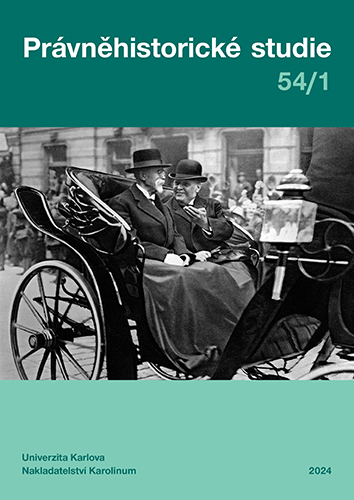Research of Historic-Cultural Heritage of Medieval Ganja Based on Information about the Nizami Ganjavi Family
Research of Historic-Cultural Heritage of Medieval Ganja Based on Information about the Nizami Ganjavi Family
Author(s): Elnur L. HasanovSubject(s): Law, Constitution, Jurisprudence, History of Law
Published by: Univerzita Karlova v Praze, Nakladatelství Karolinum
Keywords: Middle ages; Azerbaijan; Ganja city; cultural heritage; historical study
Summary/Abstract: Historic-archaeological, also ethnographic studies and numerous historical sources and scientific data confirm that the city of Ganja has moved at least five times since its foundation. The original city of Ganja is considered to be the area near the village of Gadamish, five kilometers from the village of Zurnabad, on the left bank of Ganjachay, which is popularly called the “Fortress place”. As a result of the earthquake in 427 and the wars between the Huns and the Sassanids, the ancient city of Ganja was destroyed and the city was established for the second time 8–9 versts from Gizil Gaya, 9–10 km north of Gizil Gaya. The present city of Ganja. In the VII century the city was destroyed by Arab invaders. Ganja, which moved for the third time, was established in the region called “City cape”, which is located in the territory of the present Samuh district. The city of Ganja, which was destroyed by a natural disaster, was built between the VII and XVII centuries in the region called the Shikh plain, the devastated land where the current Imamzadeh historical-architectural complex is located. It has existed for the fourth time in centuries. For the fifth time, the city of Ganja was built by Shah Abbas I in the XVII century on the territory of the current Ganja fortress.It is clear that, historical-literary heritage of Ganja city also belongings to such thinkers of Azerbaijan as Nizami Ganjavi, Mahsati Ganjavi, Mirza Shafi Vazeh and other scientists, poets, philosophers. During centuries in this city lived such famous persons, thinkers as Nizami Ganjavi, Mahsati Ganjavi, Siti Ganjavi, Raziya Ganjavi, Mirza Shafi Vazeh and others. Nizami Ganjavi influenced the expansion and defense of the ideology of akhilik with his works. After going through the difficult and turbulent moments of his youth, gaining experience and enlightenment raised him to the rank of Sheikh.In this research work on the basis of historical and written scientific sources, archival documents have been studied the features of development of science and education of the Renaissance period in Ganja city of Azerbaijan. In scientific work were also studied the teaching of social, humanitarian and natural sciences in Ganja during this historical period, the services of prominent scientists, thinkers and teachers of that period, who worked in madrasa and used rich libraries. In particular, given the importance of the city as a socio-political, economic, scientific and cultural center in the Middle Ages. By the way, during this historical period Ganja as an important political and cultural center was visited by famous scholars of the Muslim East, as well as important historical information about their teaching and scientific activities have been studied for many years. In scientific article on the basis of available scientific sources, historical documents, written sources, are considered the merits and patronage of the Azerbaijani state of Atabeys, which played an exceptional role in the development of the traditions of our national statehood, in the formation of prominent figures in science and culture. Also in this study, based on historical and ethnographic sources, have been determined the significance of the scientific, literary and cultural development of Ganja in the revival of the characteristic features of the Renaissance period not only of the country, but also in the development of the Islamic world as a whole. It also examines the propaganda in the works of the predecessors and successors of Sheikh Nizami, along with national traditions, universal human values and calls for a culture of coexistence.
Journal: Právněhistorické studie
- Issue Year: 54/2024
- Issue No: 1
- Page Range: 19-29
- Page Count: 11
- Language: English

